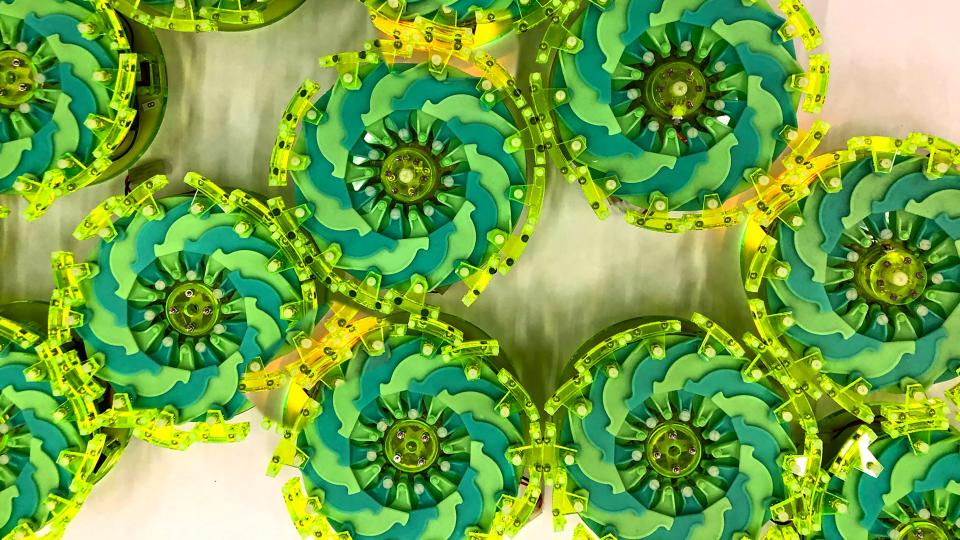Particle robots spark new fears of world being reduced to ‘grey goo’

Swarming particle-like robots have reignited an old techno-fear – the idea that tiny robots could devour our planet, turning all life into seething grey goo.
Now, scientists have created robots which bear an alarming resemblance to the ‘grey goo’ which prompted a warning from Prince Charles 16 years ago.
Sixteen years ago Charles said advances in microscopic-scale engineering could lead to bacteria-sized machines laying waste to the Earth.
His fears were taken seriously by the Royal Society and Royal Academy of Engineering, which in 2003 launched an inquiry into the emerging science of nanotechnology.
Now, US scientists have succeeded in creating simple cell-like robots that join together in large groups, move in a co-ordinated fashion and transport objects.
Read more from Yahoo News UK
Angela Merkel says EU will approve PM’s Brexit delay
Tory MP accuses Nigel Farage of ‘peddling racist nonsense’
Man charged with murder of French film-maker
The particle robots are still far too big to be goo-like, measuring between 15.5 cm (6.1 inches) and 23.5 cm (9.2 inches) across.
But their behaviour has distinct echoes of the swarming nanobots that so scared the prince.
Professor Hod Lipson, head of the creative machines laboratory at Columbia University, New York, said: ‘You can think of our robot as the proverbial ‘grey goo’.
‘Our robot has no single point of failure and no centralised control. It’s still fairly primitive, but we now know that this fundamental robot paradigm is actually possible.
‘We think it may even explain how groups of cells can move together, even though individual cells cannot.’
The disc-shaped robots, loosely connected by magnets, can do nothing individually except expand and contract.
Without any external stimulus, they shuffle about randomly.
But when programmed to adjust their diameters in response to an environmental signal, they are collectively attracted to the signal’s source.
In experiments, a cluster of two dozen robots was made to sense a light and move towards it.
Computer simulations showed that 100,000 of the machines could navigate around obstacles towards a light source, and even transport objects placed in their midst.
Looking towards a nanotech future, Prof Lipson said: ‘We think it will be possible one day to make these kinds of robots from millions of tiny particles, like microbeads, that respond to sound or light or chemical gradient.
‘Such robots could be used to do things like clean up areas or explore unknown terrains/structures.’

